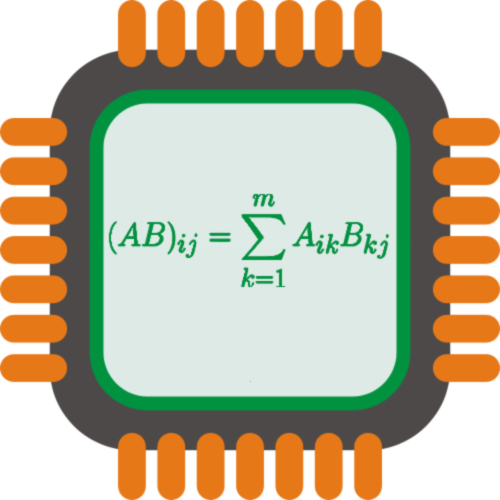User login
Tag Cloud
Cloud
Squid
Efika
First Post
MIPS
Other
Retro
Programming
Genesi
Graphics
Security
UAV
Neon
Lightning
Robots
Hardware
San Antonio
FTF
Finland
RoboCup
Wireless
Future Electronics
Network
Cryptography
Electronics
Qt
ARM
Embedded
Fiinland
Mathematics
Ray Tracing
GPS
Linux
C
Gaming
AEU
SMS
School
Computer Architecture
Solar
Tracker
Computer
Botnia




